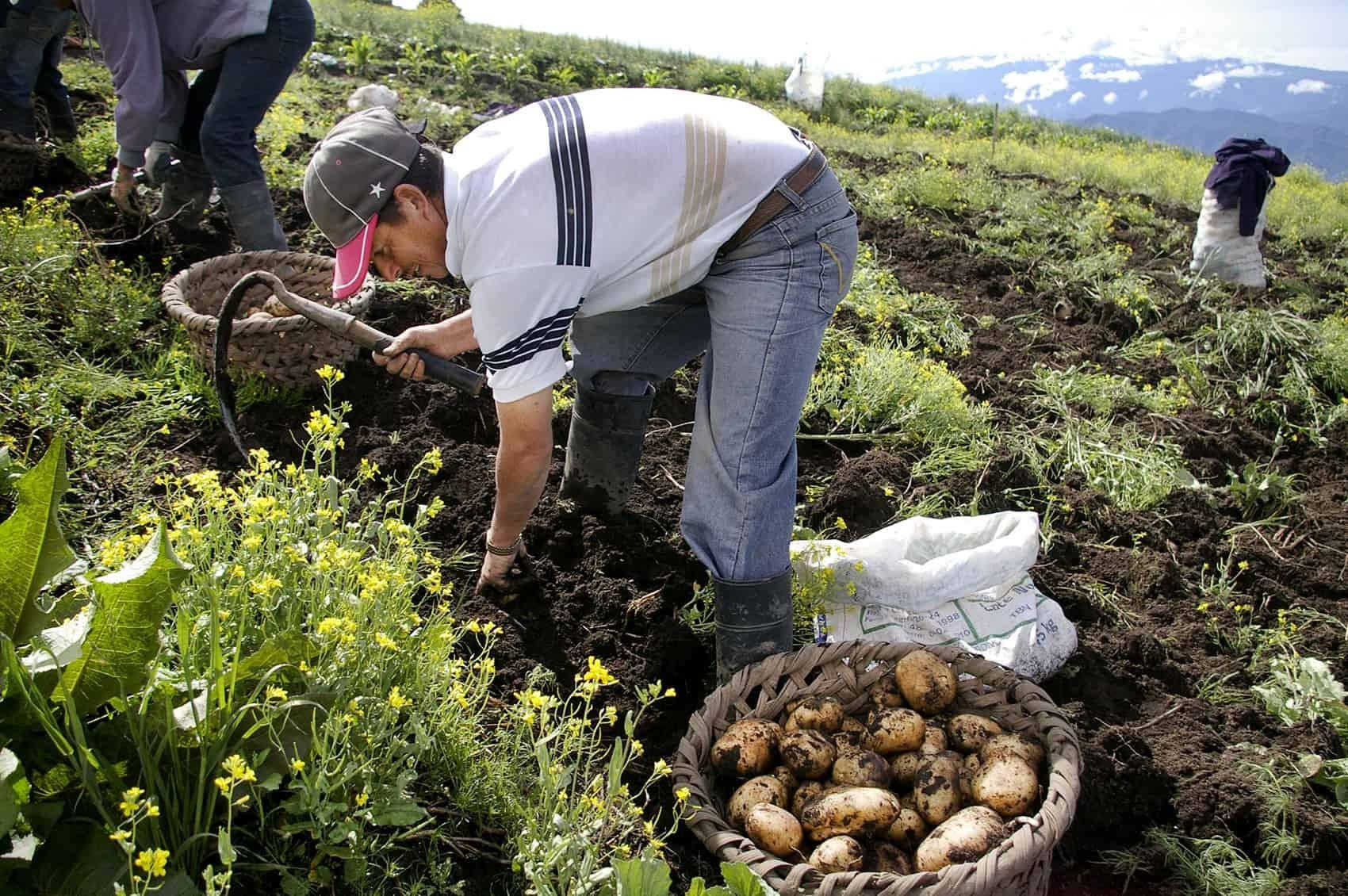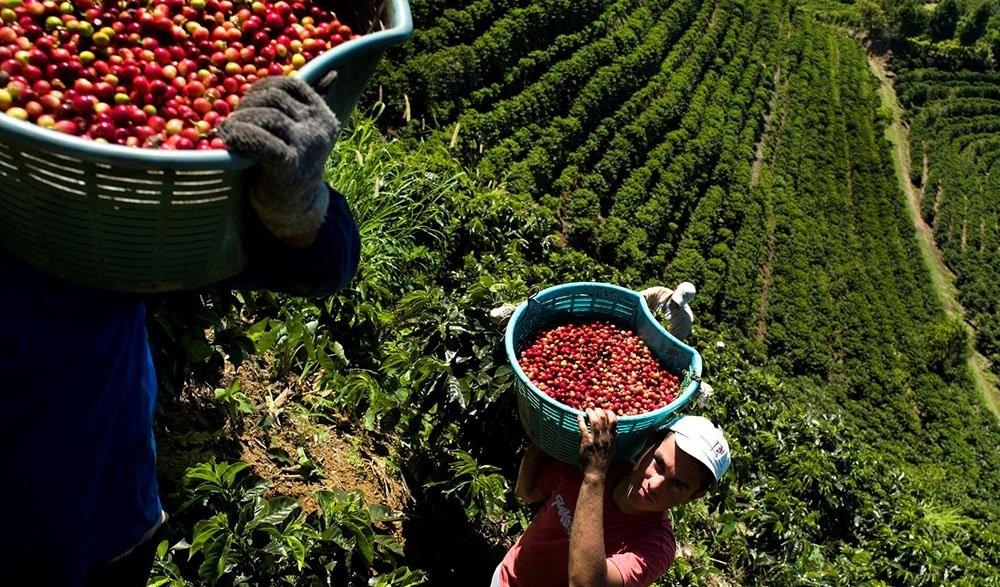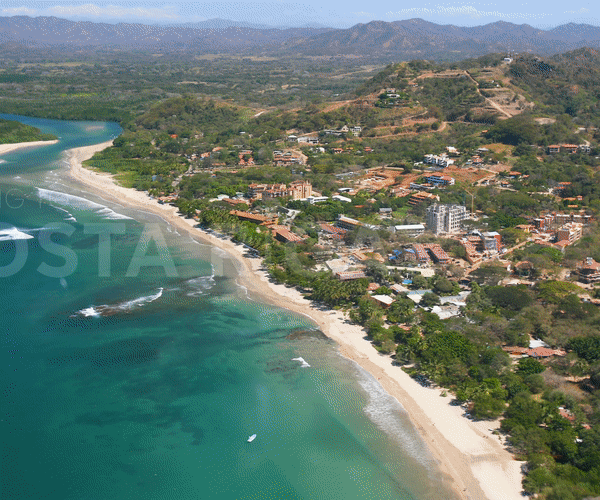Costa Rica is a Central American country located between Nicaragua and Panama.
It is 19,700 square miles, slightly smaller than the U.S. state of West Virginia, and has a population of 5,201,970. It’s widely known for its beautiful beaches, tropical rainforests, and biodiversity.
The country has a rich and diverse history showing inhabitants as far back as 5000 BC.
Discovering Costa Rica (It Was Already Here!)
In 1502, Christopher Columbus landed in Limón and was known as the man who “discovered” Costa Rica. The problem is that Costa Rica already existed with indigenous cultural tribes, the Bribris, the Borucas, the Cabecares, the Huertares, the Malekus, and the Chorotegas.
About two decades later, the colonists who came to Costa Rica left Limón due to its high temperatures and humidity and made their way to the Talamanca mountain ranges. At this time, around 1522, the settlers named this beautiful land Costa Rica (Rich Coast) in hopes that they would find gold in their new mountain home.
The Talamanca Range-La Amistad Reserves / La Amistad National Park extends along the border between Panama and Costa Rica. The transboundary property covers large tracts of Central America's highest and wildest non-volcanic mountain range and is one of that region's outstanding conservation areas.
The colonists could not find their gold treasure in the mountains and, instead, turned their focus to agricultural development.
The Beginning of an Agrarian Society in Costa Rica

The settlers that moved up to the mountains were very isolated, without many indigenous people to support them with labor. So rather than giving up, the landowners turned to growing bananas. Because this agricultural product could be grown without large labor forces, it grew to bring much wealth to the area by the beginning of the 19th century.
We can’t discuss the history of Costa Rica or its agrarian culture without mentioning coffee. Over the last 200 years, the growing of coffee beans has become a cornerstone of the Costa Rican economy. It has become a foundation because of how and where it’s grown, making it some of the best coffee in the world.
Costa Rican coffee beans are grown in volcanic soil, which is nutrient-rich and cultivated at different altitudes. And to make it even better, coffee plantations are grown and run responsibly by coffee farmers who protect the natural environment.
If you’d like to visit a coffee plantation, the farmers are happy to share their passion for growing coffee! In addition, there are fun and interesting guided tours available.
Costa Rica’s Independence
Without a revolution and bloodshed, Costa Rica was to achieve independence, not once but twice.
Once freed from Spain in 1821, and again as part of the United Provinces of Central America separated from Mexico in 1823. The other members of the United Provinces were El Salvador, Guatemala, Honduras, and Nicaragua.
Costa Rica Becomes a Democracy
Following Costa Rica’s independence, it enjoyed peace and prosperity until 1917. At this time, General Federico Tinoco Granados, a military dictator, had power over the country.
Then, in 1948, a bloody 44-day civil war started. The battle was an uprising against a questionable election outcome, and the victors, the Junta of the Second Republic was a de facto government from 1948-1949.
This victory led to free elections and the end of the army in 1949. Since then, Costa Rica has been a free democracy focusing on education, healthcare, supporting workers’ rights, and its heritage.
Most Recently

In the second half of the 20th century, Costa Rica underwent significant economic and social changes. The country became a major exporter of coffee and bananas, which fueled economic growth and led to new industries, such as tourism.
Today, tourism is a significant source of revenue for Costa Rica, as visitors are drawn to its natural beauty, biodiversity, and stable political climate.
In recent years, Costa Rica has become a leader in environmental conservation and sustainability. The country has set ambitious goals to reduce greenhouse gas emissions and preserve its natural resources, such as rainforests and marine ecosystems.
Costa Rica has also made great strides in prioritizing healthcare for its citizens. As a result, the country is often cited as a model for how to build a successful universal healthcare system.
While many countries struggle with high healthcare costs and limited access to care, Costa Rica has created a system that provides quality care to all its citizens, regardless of their income or social status.
While many countries struggle with high healthcare costs and limited access to care, Costa Rica has created a system that provides quality care to all its citizens, regardless of their income or social status.
Overall, Costa Rica's healthcare system is a testament to what can be achieved when a country prioritizes the health of its citizens.
A Final Thought
Costa Rica's history is a rich and complex tapestry that includes indigenous cultures, colonialism, political instability, and economic growth.
Today, Costa Rica is a thriving democracy known for its environmental leadership, tourism industry, commitment to sustainability, and healthcare for its citizens. Looking for a stable democracy, a place rich in culture, biodiversity, and excellent healthcare?
Welcome to Costa Rica.
Pura Vida! 🌺




